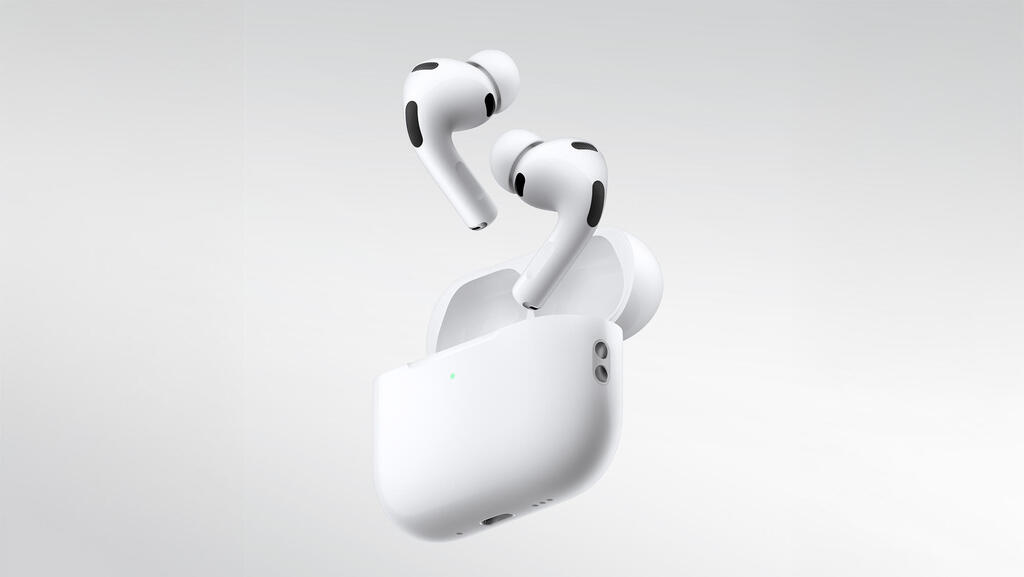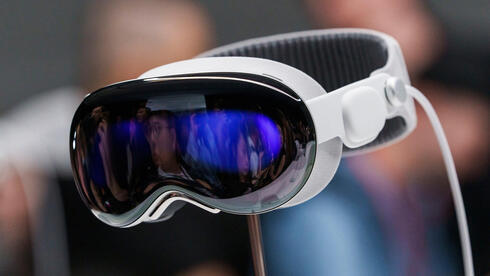
Opinion
Are real-time translators the next doomed trend in tech wearables?
From smart glasses to VR headsets, the wearables market is littered with failed promises. The latest “revolution” promises to break down language barriers as we know them. Can real-time translation earbuds succeed where others have fallen short?
“To be clear, headsets are nothing better than wearable sex repellent.”
This was said by notorious American orator and entrepreneur Scott Galloway, who over the past decade has had plenty to say about tech wearables, like the VR headset, which he once called “the dumbest thing since 3D printing.”
A decade ago, Galloway decreed the Apple Watch “the deathblow to the overestimated wearables market, because the current conception of wearables is just an extension of your phone that does not add much additional value."
And while history has proven him partly wrong with the Apple Watch having become one of Apple’s most commercially successful products, contributing billions to its bottom line, the broader notion still appears to ring true. The tech industry continues to reinvent existing software in different (but arguably more useless) formats. The latest hype falls on real-time translators, with Apple’s Live Translation feature on AirPods and, perhaps more dubiously, a string of niche translation earbuds promising to break down language barriers once and for all.
It’s an exciting idea in theory, but hard to picture working in practice.
I recently had the chance to see one of these specialty devices in action after a friend was gifted one, which retails for around $400 USD. One of the main use cases the device promises to help with is situations where language options are limited in a predominantly non-English-speaking country, such as phone calls to confirm doctor’s appointments or to receive food deliveries. But watching my friend test it, the reality was a frustrating input-to-output delay that made anything close to a natural conversation nearly impossible.
Arguably, the very act of introducing the translators and explaining the resulting changes, like the delay, becomes a process that itself needs translation to make sense of. Even without the delay, it is difficult to see how two people could listen and speak at the same time and still maintain a coherent exchange.
As it stands, it’s hard to imagine real-time translators working well enough, or gaining the global market penetration needed to support actual conversation, especially between two people who share no common language. More to the point, and to borrow from Galloway’s argument, it’s difficult to believe they’re yet capable of outperforming or replacing the audible translation tools that already exist on our phones, like Google Translate.
I’m not a willing skeptic either. As an Olah Chadasha (a new immigrant to Israel), I love anything that helps me navigate daily life here while I work toward Hebrew fluency. I use Google Translate’s text and microphone functions daily, including once at the Misrad HaPnim (Ministry of Interior), where I managed to communicate with my non-English-speaking advisor to secure my Teudat Zehut (ID), which I thought was quite the feat.
Maybe real-time translators can serve as more than a gimmicky supplement to existing solutions in specific situations (none that immediately come to mind), or find other legitimately useful applications, like when it comes to language learning.
But all in all, it feels eerily familiar to the revolutionary hype that has followed closely where tech wearables have led since the Ray-Ban Stories Smart Glasses collaboration that were meant to bring augmented reality to the everyman, or the Oculus headset that promised to connect us all in the Metaverse. Both were touted as gateways to the next great human experience, but fell flat when put to the test of practice.
Related articles:
Ultimately, a shared, hyper-optimized reality only really works when everyone is actually sharing it.
While we’d like to imagine we’re already living in a sci-fi future à la the Babel fish from The Hitchhiker’s Guide to the Galaxy or the instant translators in Star Trek, watching my friend test out this overpriced, impractical gadget made me wonder if we’re (once again) getting ahead of ourselves.
While the hype around wearables seems to sustain itself despite past failures, it’s worth asking whether any genuine, lasting value has ever been brought to market. So when it comes to the supposed “rise” of real-time translators, time will tell. But I don’t think I’ll be dropping out of my Ulpan (Hebrew) classes any time soon.
